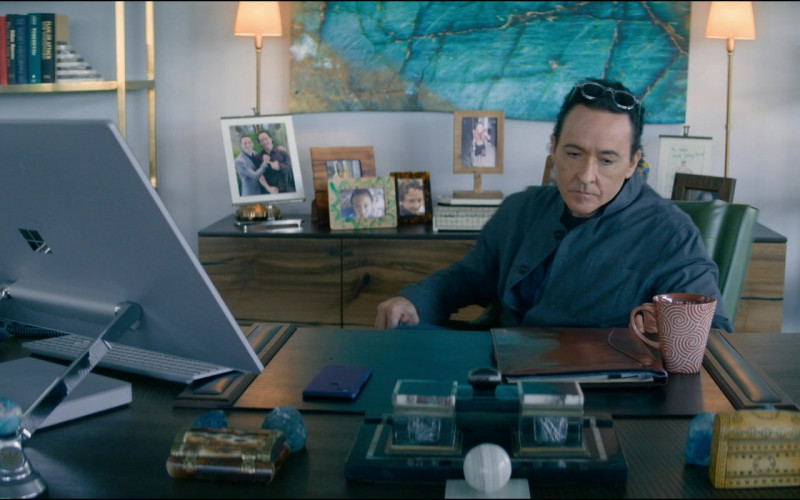
RADIOACTIVE COFFEE
What do the Chernobyl and Fukushima accidents have in common? First of all a number: they are both level 7.
The Chernobyl accident occurred in 1986 and according to the Greenpeace report thirty years after the catastrophe over ten thousand square kilometers are unusable for economic activity, more than one hundred and fifty thousand square kilometers are the contaminated areas of Belarus, Russia and Ukraine and five million people live in areas officially considered contaminated. Due to the high levels of plutonium contamination within 10 kilometers of the plant, the area cannot be repopulated for the next ten thousand years.
The recent HBO series has given us the opportunity to live again through images, those days that have changed everyone’s habits.
Thousands of miles away, we have avoided foods such as vegetables and milk, in addition to special measures for children.
As regards Fukushima, according to the Greenpeace report, the government’s decontamination interventions have been fragmented, inadequate and there is a serious risk of re-contamination of the already decontaminated areas. Despite massive effort and expense, decontamination is likely to become an endless process. Furthermore, decontamination efforts without being able to ‘get rid’ of radioactive contamination, i.e. simply moving it to other places such as temporary storage sites, continue to pose a danger to local communities and the environment.
The risk is that Japan will decide to discharge the contaminated water into the Pacific Ocean.
The water that from the day of the accident, that is, from 11 March 2011, was necessary to pump on the reactor to keep the core temperature low: more than 220 cubic meters per day. Can you figure how big the quantity can be?
According to Tepco’s forecasts, the storage limit will be reached in 2022.
This problem affects the whole world even if only South Korea seems to worry about it for now.
Not to mention the perennial risk that this thousand tanks represent in a seismic area.
Meanwhile, some newspapers are already reporting that tritium is “relatively toxic” and minimizing the impact of disposal at sea since it would have a short life, of course, a decay of just over 12 years is nothing compared to ten thousand …
Recall that tritium was used for fluorescence in watches and that use has been interrupted.
Now the question is simple: if it is really so harmless, why storing it for nine years?
I would say that when we talk about nuclear power plants, even Einstein‘s phrase is no longer enough, we are not even like rats that build a trap for themselves, we went further.
The lightness with which the construction of these plants is allowed, knowing that in case of accidents there is no way to shelter, it is as disgusting as appealing to the causes of force majeure hiding behind the fact that the real effects on health do not appear immediately.
People will get sick and die, but someone will have earned money. As it always happens.


 Hi I'm Claudia and this is KCDC.
Hi I'm Claudia and this is KCDC.




OPINIONI